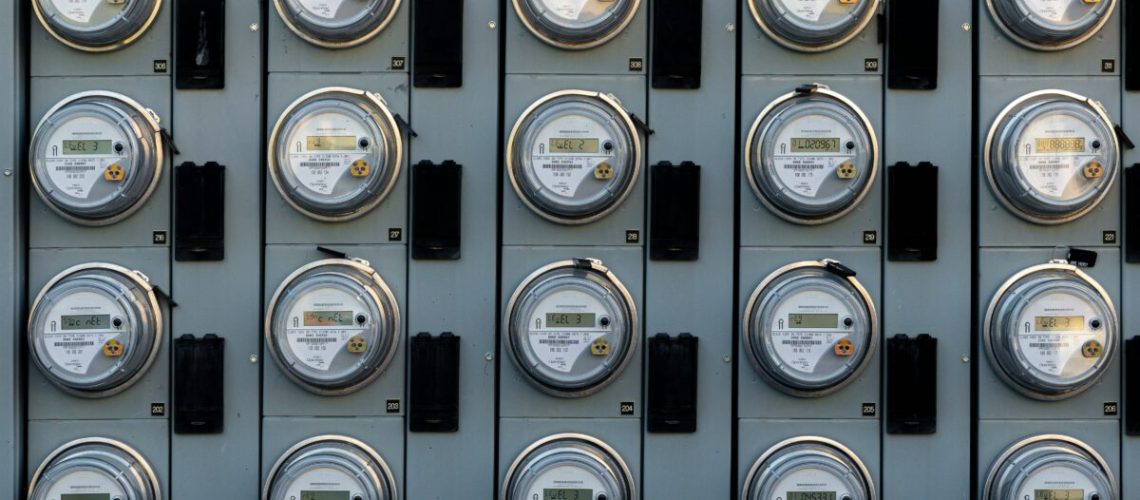A former chief economist from Sempra Energy explains how utilities manipulate financial models to justify higher electricity rates.
Investor-owned utilities in the U.S. are overcharging electric customers by up to $50 billion per year, according to research from the Institute for Local Self-Reliance (ILSR).
This is because state utility regulators consistently approve rates of return (RoR) on capital investments that are significantly higher than the cost of raising equity, allowing utilities to secure far greater profits than necessary.
In a recent episode of ILSR’s Local Energy Rules podcast, Mark Ellis, an independent consultant and former chief economist at Sempra Energy, explained that most utilities use discount or hurdle rates for project valuation. Those “corporate” numbers, he said, are usually accepted without question and rarely updated.
Like many, he assumed Sempra’s RoR was based on sound economic principles when he joined the company; Ellis didn’t dig into the data himself until the 2008 financial crisis.
He ran the numbers and found that even in a turbulent economic landscape, the cost of capital was lower than anticipated, particularly in comparison with a utility’s RoR.
“That RoR is a value generator,” Ellis noted, adding that it explains Sempra’s late-2000s doubling down on regulated utilities: they’re the most reliable profit generators.
According to Matt Stoller, the research director of the American Economic Liberties Project, utility financing is akin to paying off a mortgage and learning the bank still owns the house.
Utilities, like homeowners, continually invest in their infrastructure. But utility customers never pay off their proverbial mortgage.
Ellis stretched Stoller’s analogy further. Imagine you have a house, he said, where you continue making improvements and investing more money into it.
“Even though you’re paying off the old loan, you’re constantly borrowing more from the bank,” he said. “That’s what utilities do. The rate base keeps growing; because they own the assets, they keep making money off them.”
This endless reinvestment cycle creates a rate spiral: the more utilities spend, the more they justify higher rates of return, which incentivizes more capital projects.
“If I spend a dollar and it turns into two, I’m going to do that as much as I can,” Ellis explained.
Utilities justify their inflated RoRs by claiming they need high returns to attract investors, he said. But two widely used financial models, the Capital Asset Pricing Model (CAPM) and Discounted Cash Flow, suggest otherwise.
CAPM uses risk to calculate expected returns: the riskier the investment, the higher the reward. Compared to the market as a whole, utilities are low risk, which should mean their cost of capital is low.
“And yet utilities are saying, ‘Oh no, our cost of capital is 10% even though we’re lower risk,’” Ellis said. “There’s a huge disconnect there.”
DCF, on the other hand, looks at expected future cash flows to estimate a company’s true cost of capital. Since utilities grow at the rate of inflation, their long-term cash flows should justify much lower returns than the ones regulators currently approve.
“If regulators actually used these models properly,” Ellis said, “they’d see utilities are charging customers far more than they need to.”



